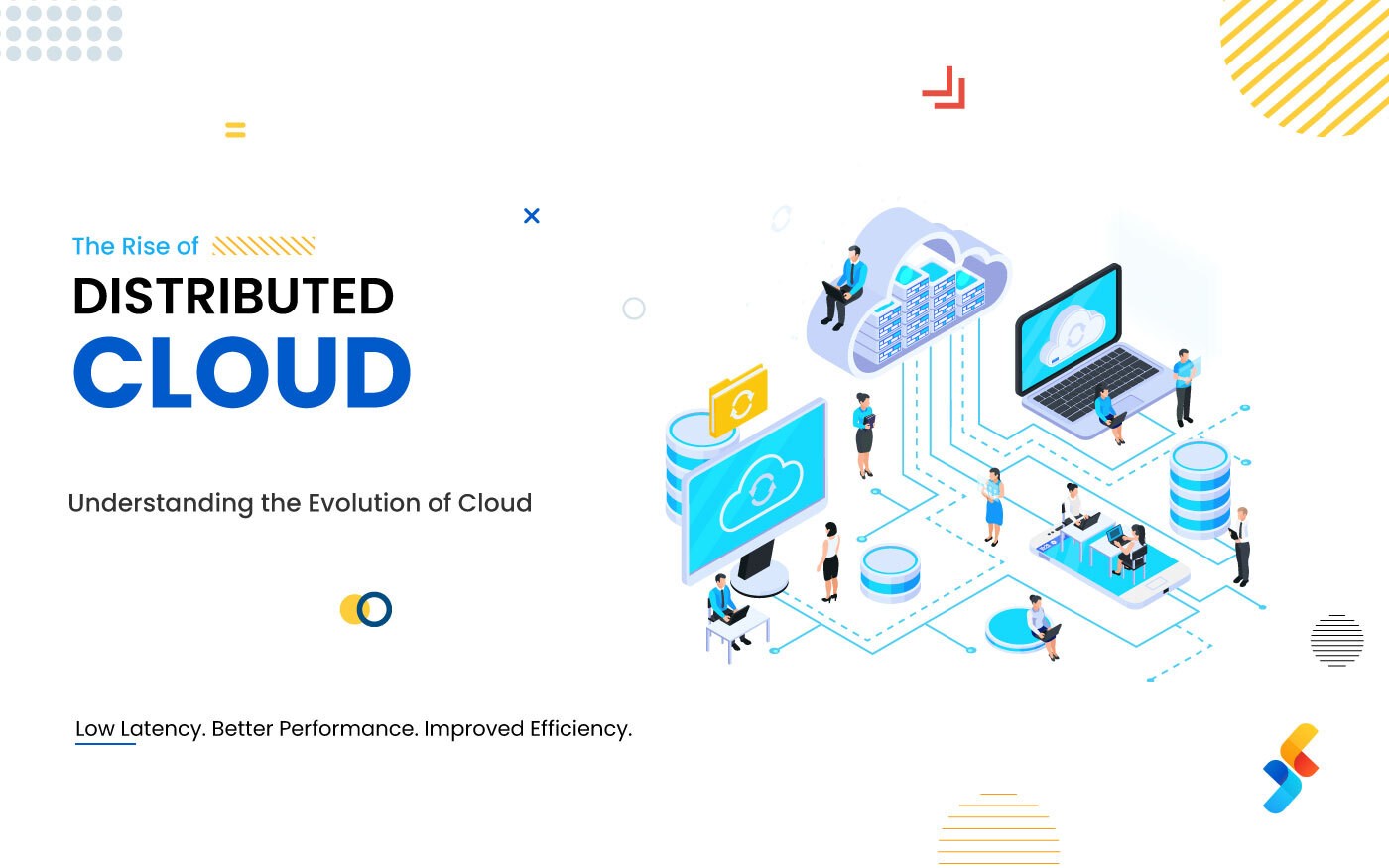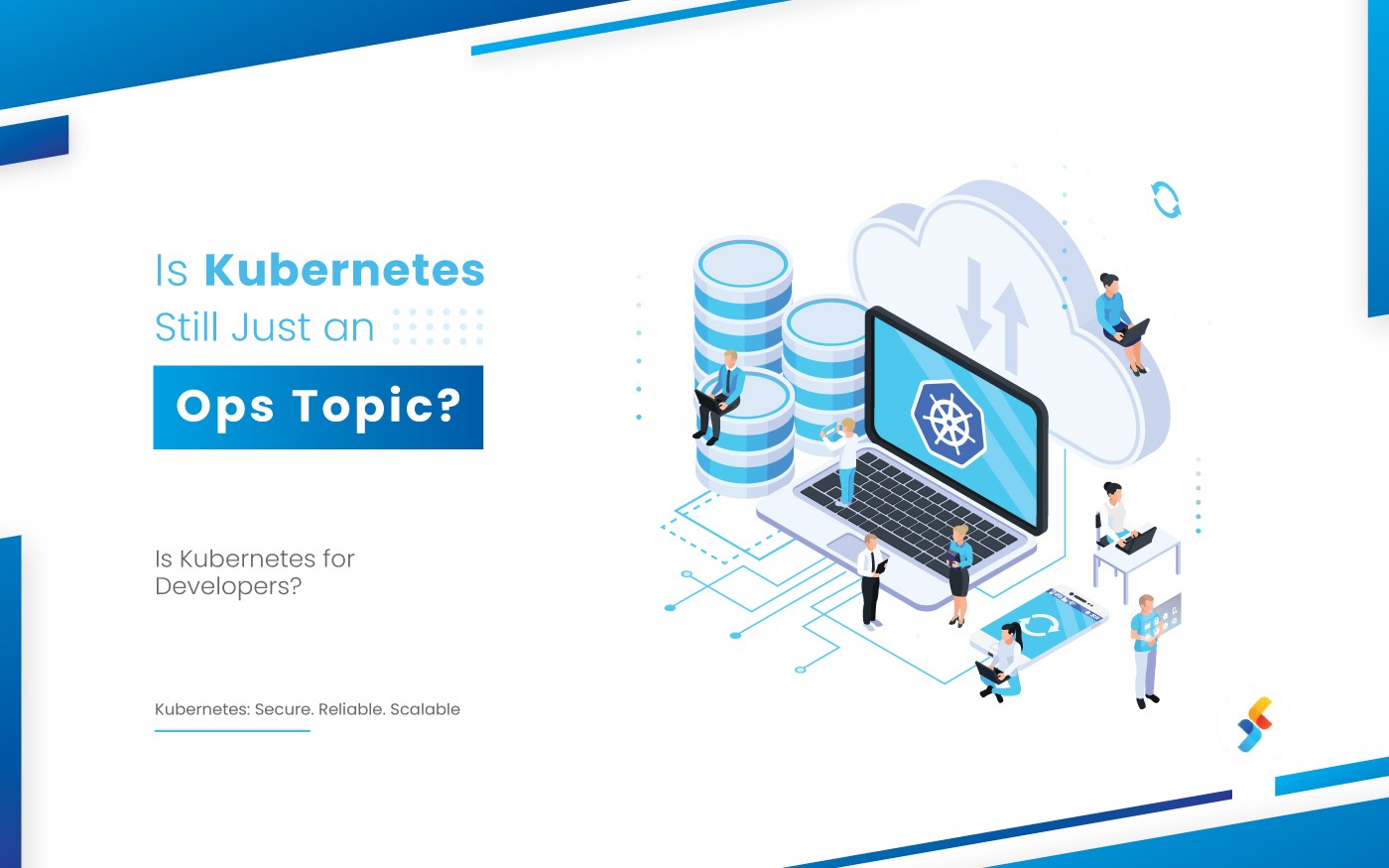Summary: Does your identity and access management (IAM) system meet cybersecurity state laws? If NOT, then you are putting your users at a security breach risk. Worry not! A robust audit checklist mentioned in this blog is all you need to ensure protection & security. Read to set up your IAM efficiently or fix problems with your current system.
In today’s digital-first world, the biggest challenge for an organization is to meet compliance & regulatory requirements. Not only this, but it’s also imperative for companies to secure their data and assets from intruder attacks. In such a situation, to ensure protection, you need a strong Identity & Access Management (IAM) as a security partner. Why? It is because this first line of defense not only secure your data but also boost productivity. For this, to deliver the result, you need a checklist. This checklist will make IAM work the desired way in line with the IAM audit requirements.
Have a look:
7 Effective Identity and Access Management Audit Checklist for Organizations
- Start with A Clear IAM Policy
Organizational security begins with a defined IAM policy process. When you formalize the process, in the beginning, they are more likely to give you the desired results.
Benefits of a clear IAM policy:
- Manage user access and authorization.
- Enable organizations to respond to incidents swiftly and with confidence.
- Meet compliance requirements.
- Define access to stakeholders
- Design, Develop, & Streamline Procedure
Creating a policy alone is not sufficient. You also need to set up a procedure involving all stakeholders in the IAM process and define their roles. It helps in streamlining the process for all. It’s also essential to list all actions that each person needs to do, coupled with the estimated time required to complete.
- Formulating User Access Review
Users are not always constant in an organization, and thus it becomes difficult to keep a tab of their activities and data. In such a case, make sure that the right people have access to the right resources on the company network. The one-stop solution to this process is the user access review process. You can do this via Policy-Based Access Control (PBAC).
- Follow Least Privileged User Account
An essential point to ensure the IAM system robustness! Providing access based on what user needs is a smart approach, though often ignored in organizations. Make sure that a user should only be given access to as few resources as possible; they should be authorized to use only those resources that they need to do their job.
- Segregation of Responsibilities
Just like the previously mentioned point, this step is also crucial to avoid possible risks. Segregation of Duties (SoD) among people makes them limited to their respective functions. You can break the critical tasks into multiple tasks so that one person is not in control of the complete process. It also helps you protect your data in case of a failure. How? By limiting the threat scope to a particular process instead of the complete job.
- Managing Generic User Accounts
A generic account is useful as well as harmful if not managed on time. You should regularly review the generic user accounts on your system and delete the ones that are no longer required. Also, make sure not to assign admin rights to generic. PAM’s (Privileged Access Management) combined with PBAC delivers you full control and visibility over generic accounts.
- Documentation is the Key
You may find this repetitive, but it is not! Documenting everything is the key to an effective IAM audit process. Make sure to document everything while implementing the IAM process. Proper documentation of your IAM system, including fraud risk assessment documents, policies, and administrative actions, is quite helpful. It not only gives you a better understanding of the IAM system but also helps you identify ways to improve.
In a Nutshell
Now that you know the seven efficient IAM audit checklist to fight identity & access related risks, it’s time to ensure whether your IAM strategy is in place or not. Do it and bid goodbye to issues like sprawls, vendor lock-in, and vulnerabilities.
For any questions about how to effectively adopt identity and access management for your business, contact our consultants at Successive Digital today. They will help you employ robust security from scratch. Connect now!












